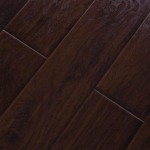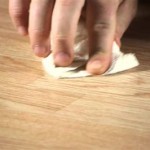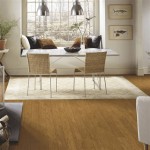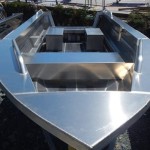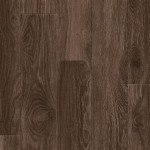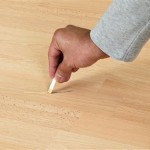Pontoon Boat Vinyl Flooring: The Ultimate Guide
Upgrading your pontoon boat's flooring is a great way to enhance its appearance, increase comfort, and protect the deck from wear and tear. Vinyl flooring is a popular choice due to its durability, ease of maintenance, and affordability. Here are some essential aspects to consider when choosing and installing vinyl flooring for your pontoon boat:
Materials and Thickness
Vinyl flooring is typically made from either polyvinyl chloride (PVC) or a blend of PVC and ethylene vinyl acetate (EVA). PVC is known for its durability and flexibility, while EVA provides added softness and cushion. The thickness of the flooring can range from 1/8 inch to 1/4 inch, with thicker options offering more comfort and sound absorption.
Adhesive or Peel-and-Stick
Vinyl flooring for pontoon boats is available in both adhesive and peel-and-stick varieties. Adhesive flooring requires a strong adhesive to be applied to the deck before installation, while peel-and-stick flooring has a pre-applied adhesive backing. Peel-and-stick flooring is easier to install, but adhesive flooring provides a more permanent and water-resistant bond.
Patterns and Textures
Vinyl flooring comes in a wide range of patterns and textures, from classic wood grain to modern geometric designs. Choose a pattern that complements the style of your boat and personal preferences. The texture can also vary, with options such as smooth, embossed, or non-skid surfaces available for safety and comfort.
Installation
Installing vinyl flooring on a pontoon boat is a fairly straightforward process. However, it's important to follow the manufacturer's instructions carefully to ensure a proper fit and adhesion. This typically involves cleaning the deck, applying the adhesive or peeling off the backing, and then placing the flooring planks or tiles into position. Use a roller or tamper to smooth out any air bubbles or wrinkles.
Maintenance
Vinyl flooring is relatively easy to maintain. Regular cleaning with a mild soap and water solution is sufficient to remove dirt and grime. Avoid using harsh chemicals or abrasive cleaners, as these can damage the flooring. For stubborn stains, a mild bleach solution may be used. Protect the flooring from heavy objects, extreme temperatures, and prolonged exposure to direct sunlight to extend its lifespan.
Additional Considerations
Before choosing vinyl flooring for your pontoon boat, consider the following additional factors:
- Underlayment: An underlayment can provide additional cushioning, sound absorption, and moisture resistance.
- Trim and Edging: Trim and edging can be used to finish the edges of the flooring and prevent water penetration.
- Manufacturer's Warranty: Choose flooring with a manufacturer's warranty to protect against defects and premature wear.

Extreme Duty Pontoon Vinyl Flooring

Pontoon Boat Restoration Seelye Custom Marine

Pontoon Deck Kit W Extreme Duty Vinyl Flooring

North River Seagrass Woven Vinyl Flooring Exquisite Design Camping World

G Floor Blog How Polyvinyl Beats Other Pontoon Boat Flooring

G Floor Marine Outdoor D Teak Vinyl Flooring 8 5 Wide Overton S

Pontoon Boat Restoration Top Flooring Choices

Extreme Duty Pontoon Vinyl Flooring Boat Carpet Buys

Outdoor Marine Vinyl Flooring Premier Natural Woods Weathered Teak

50 Pontoon Flooring Ideas Marine
Related Posts


